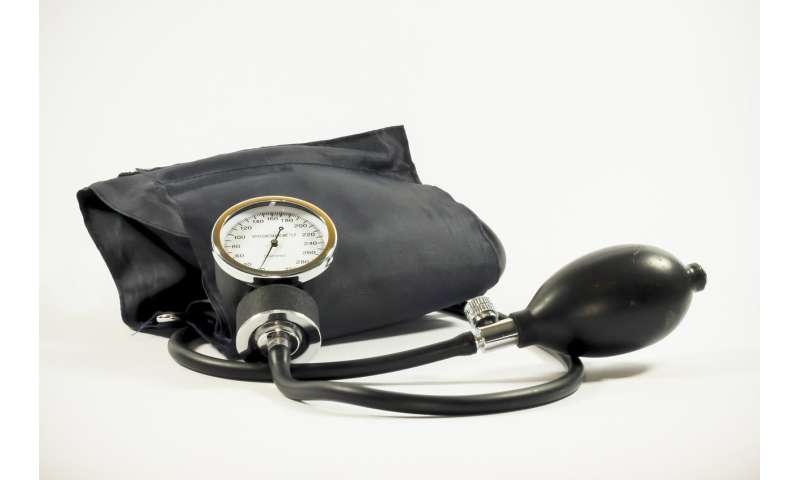
Despite being known risk factors for poor cardiovascular outcomes, blood pressure and low-density lipoprotein (LDL) cholesterol remain undertreated among a large proportion of patients. To address this gap, a team from Brigham and Women’s Hospital and Mass General Brigham Health System, led by Brigham cardiologist Benjamin Scirica, MD, MPH, developed a program that provides an end-to-end solution to improve blood pressure and cholesterol levels across a broad population of patients at high cardiovascular risk.
Developed before the COVID-19 pandemic, the disease management program leverages task shifting, standardized treatment algorithms, and digital solutions such as home blood pressure cuffs to adjust medications based on how a patient is doing. The program relies on a team of navigators and pharmacists to help deliver personalized care remotely, without the need for in-person visits or physician involvement in every treatment decision. The new approach improved clinical outcomes for patients and may provide a model for expanding remote health care. Scirica presented results during the American Heart Association Scientific Sessions 2020, with simultaneous publication in the journal Circulation.
“Our program demonstrates that we can remotely improve cardiovascular health through cholesterol and blood pressure control faster, more efficiently and with greater personalization than standard practice,” said Scirica. “And we see this as a transferable program—one that could be adopted in other health care settings. It could be applied to a broad range of clinical scenarios across our system and across the world, especially in places where health care resources may be scarce.”
This report summarized the interim results of the first 5,000 Mass General Brigham patients with uncontrolled LDL cholesterol, blood pressure or both, who were enrolled between Jan. 1, 2018 and May 21, 2020. Patients were mostly prescribed lower-cost generic drugs through the program. Pharmacists initiated and adjusted prescriptions for individuals based on clinical algorithms, prescribing more intensive medications if a patient needed them or adjusting a dosage if a patient was initially intolerant to a medication.
Non-licensed navigators served as the face of the program. They communicated directly with patients, providing treatment recommendation and education until treatment goals were met. Digital tools helped support the workflow and clinical decisions for the navigators and pharmacists. The program was supervised by specialists, and primary care physicians were updated on all treatment changes.
Of the 3,939 patients in the Lipid program, 1,343 had achieved their goal LDL cholesterol level by the time of this report, with the average decrease in LDL cholesterol being 52 mg/dl (42 percent). An overall drop in cholesterol levels of 24 mg/dl (18 percent) was seen in all patients, including those still being actively managed. Of the 1,437 patients enrolled in the high blood pressure group, blood pressure levels dropped by an average of 14/6mmHg (systolic/diastolic) in the 556 who had completed the program by the time of this report.
“These reductions are clinically meaningful. From decades of studies, we know that reductions of this magnitude in blood pressure and cholesterol result in fewer heart attacks, strokes and other cardiovascular events,” said Scirica.
Scirica notes that there are challenges in a program like this one, especially around keeping participants engaged. He also acknowledges that virtual care can amplify inequities in care. The team is working on multiple solutions to try to increase access, including low-tech solutions that rely on phone calls rather than video. They also continue to update and enhance the program as guidelines continue to evolve.
Still, the team hopes the work provides a foundation for future broadly delivered population health initiatives.
Source: Read Full Article